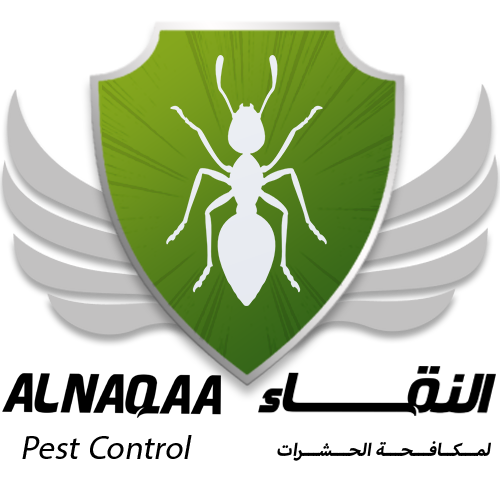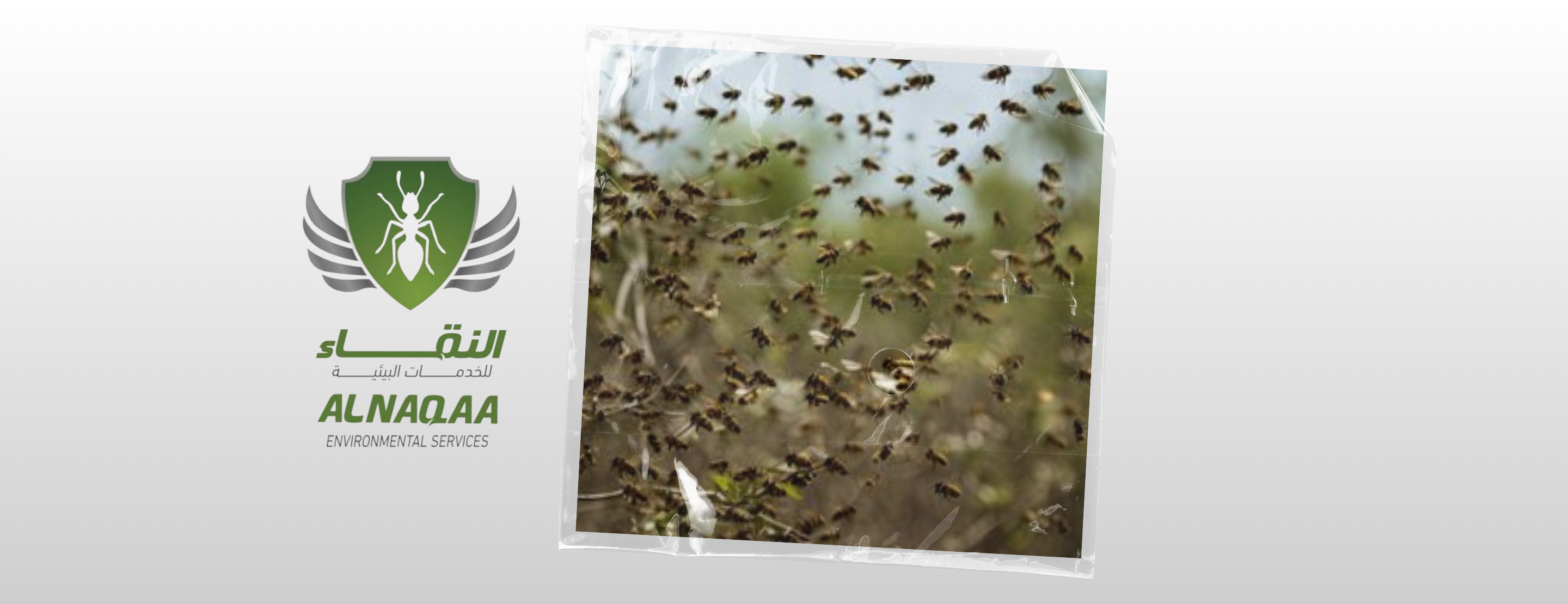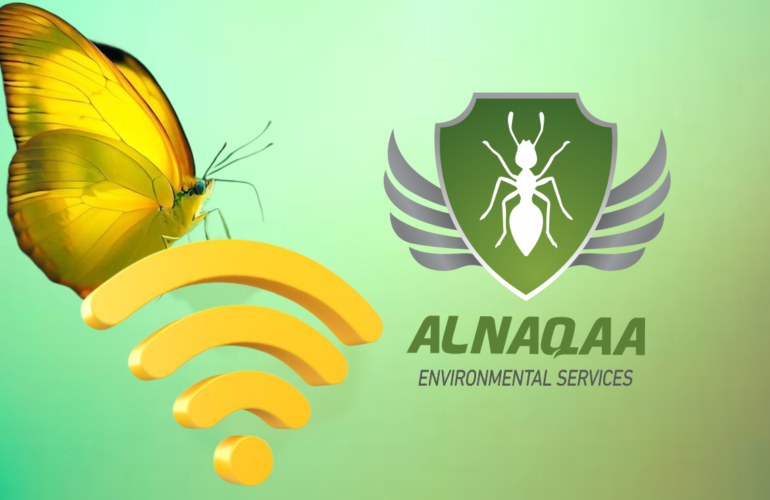Insect Migration
The Fascinating global insect migration involves diverse insect species’ long-distance movement. These migrations are essential to ecological processes including pollination, pest management, and the cycling of nutrients. Alnaqaa for environmental services and pest control, Ras Al-Khaima, United Arab Emirates discusses the fascinating world of insect migration, illuminating the various migrational patterns and the various means by which insects carry out their extraordinary migrations.
Various Insect Migration Types
1. Seasonal Migration: Many insect species migrate seasonally, switching between habitats in response to shifting environmental factors. For instance, the majestic multi-generational migration of monarch butterflies spans thousands of kilometers. They migrate from North American breeding grounds to Mexican overwintering grounds, using a combination of hereditary and environmental cues to find their way.
2. Altitudinal Migration: Vertical movement within a certain environment is referred to as altitudinal migration. Insects, including some species of dragonflies, engage in altitudinal migration to change their location within mountains or other high areas according to the temperature and the availability of resources. They efficiently manage their energy expenditure and survival by moving to higher elevations during the warmer months and descending to lower altitudes during the cooler ones.
3. Diel Vertical Migration: Daily vertical migration within water bodies is observed in aquatic insects, particularly zooplankton, during the day. To feed on phytoplankton during the night, these insects migrate closer to the surface. To avoid predators during the day, they then descend to deeper places. This strategy of cyclical movement guarantees effective resource use and predator avoidance.

II. Insect Migration Techniques
1. Navigation and Orientation
During migration, insects use a variety of orientation and navigational techniques. To identify their heading, they make use of a variety of astronomical cues, including the sun and stars. Insects have magnetoreception abilities that allow them to sense the Earth’s magnetic field and travel accordingly, therefore magnetic fields also play a part. Insects are also helped by environmental signals including landmarks, wind patterns, and scent cues to stay on track.
2. Visual and Celestial Navigation: Insects frequently use celestial and visual cues to guide them. They use landmarks as a point of reference, like mountains or coastlines. Additional clues from the heavens, such as the sun’s location or polarized light patterns, are useful. For instance, it has been discovered that migrating bees use the sun’s position to properly navigate, changing the direction of their flight in response to the sun’s shifting position.
3. Chemical and Olfactory Cues: During migration, insects use chemical and olfactory cues to choose suitable homes. They are able to locate and follow pheromone trails left by conspecifics or recognize particular smells that are connected to food supplies or breeding grounds. For instance, the armyworm moth releases a sex pheromone to draw in males when migrating, which helps in finding mates and reproduction.
4. Energy Management: To facilitate successful migration, insects manage their energy consumption. They use tactics like making use of advantageous wind patterns to cut the expense of flying. Some insects use what are referred to as “aerial highways,” or wind currents at high altitudes, to travel considerable distances with little exertion. In order to save energy, insects may also fly intermittently by switching between active flight and gliding.
5. Cooperative Flight: During migration, several insect species engage in cooperative flight, in which the individuals fly in formations or groups. This behavior, which is seen in dragonflies and butterflies, has benefits like lower energy consumption and improved navigation. Cooperative flight enables insects to overcome great distances and environmental barriers by facilitating information sharing, effective decision-making, and enhanced aerodynamics.
The fascinating phenomena of insect migration includes a wide range of forms and techniques. Insect migration exhibits amazing adaptations and navigational skills, whether it’s the amazing multigenerational migration of monarch butterflies or the vertical migrations of aquatic insects. By using orientation and navigational techniques like visual cues, astronomical guidance, and chemical communication, insects can effectively travel over great distances. Researchers can unlock the mysteries of these amazing voyages and get insights into more general ecological processes by studying the intricate details of insect migration. The study of insect migration sheds light on the fascinating world of insects and highlights the need to protect their habitats in order to ensure the survival of these amazing migratory species.
It’s vital to remember that different kinds of migrating insects can have varied migration patterns and destinations. Diverse migration tactics result from the unique adaptations and needs of each species. Researchers can acquire insights into the intricate ecological dynamics of migrating insects and create conservation plans to safeguard their habitats and migration routes by comprehending the elements that affect their final destinations.
The travel routes of migratory insects may also be impacted by human activities and habitat changes. The quantity and quality of habitats along migration routes might change as a result of urbanization, deforestation, and agricultural practices. In reaction, migratory insects may change their travel plans or even veer off the beaten path in search of new habitats.
Application of the concept of insect migration in pest control
Insect control is vital to maintaining agriculture and public health. Among the different methods of pest control, the application of the concept of insect migration can be unique and effective. Insect migration is defined as the movement of insects from one area to another in search of new sources of food or suitable breeding environments. This concept can have strong applications in pest control, and some examples are reviewed below:
1. Control of agricultural pests: The concept of insect migration can be used to control agricultural pests, such as larvae and flying insects that migrate between fields. By understanding and directing their migration patterns, innovative control strategies can be developed to control the spread of pests and reduce damage.
2. Control of harmful insects in buildings: The concept of insect migration can be used to control harmful insects in buildings, such as cockroaches and ants. When determining their migration routes and potential entry points, preventive measures can be taken to prevent their entry and reproduction into buildings.
3. Control of insect-borne diseases: Insects play a major role in the transmission of infectious diseases, such as mosquitoes causing dengue fever and malaria. Using the concept of insect migration, the pattern of disease transmission can be analyzed, and targeted control efforts directed at reducing its prevalence.
Using our understanding of the migratory pattern of insects and their direction, we can develop effective and innovative control strategies. Applying the concept of insect migration in pest control is a promising approach that contributes to effective and sustainable pest and risk reduction.
“Alnaqaa” for environmental and pest control services, Ras Al Khaimah, UAE pest control services that can develop long-term plans for managing pest populations to reduce damage to crops or structures, reduce the need for chemical pesticides harmful to the ecosystem by taking advantage of an understanding of insect proliferation, as well as using safe strategies to control insect populations and provide a clean environment.
“Alnaqaa” for environmental and pest control services, Ras Al Khaimah, UAE also aims to ensure that its clients receive these scientific materials, which are prepared with the participation of a specialized selection of scientific consultants from the most prestigious universities.






